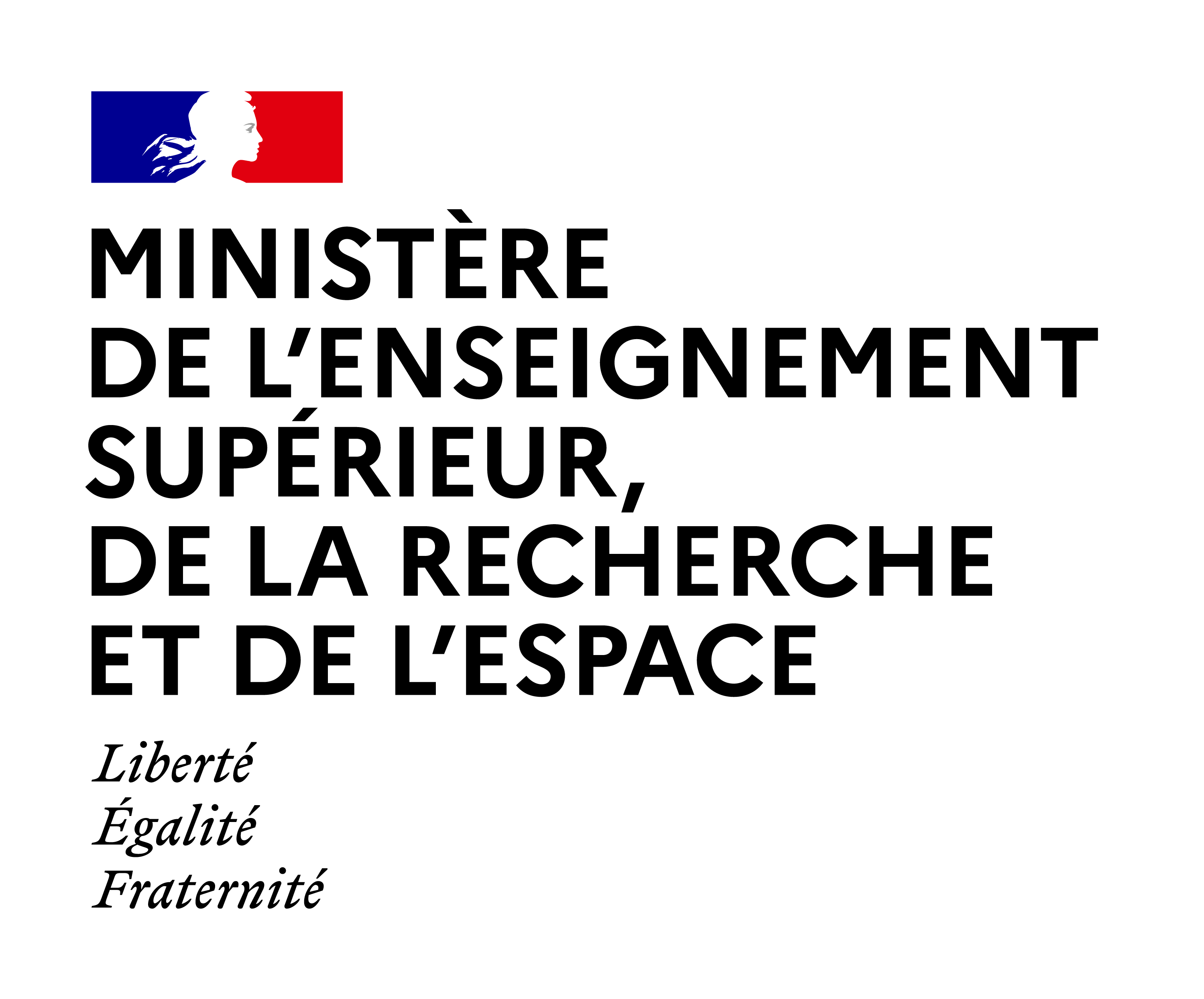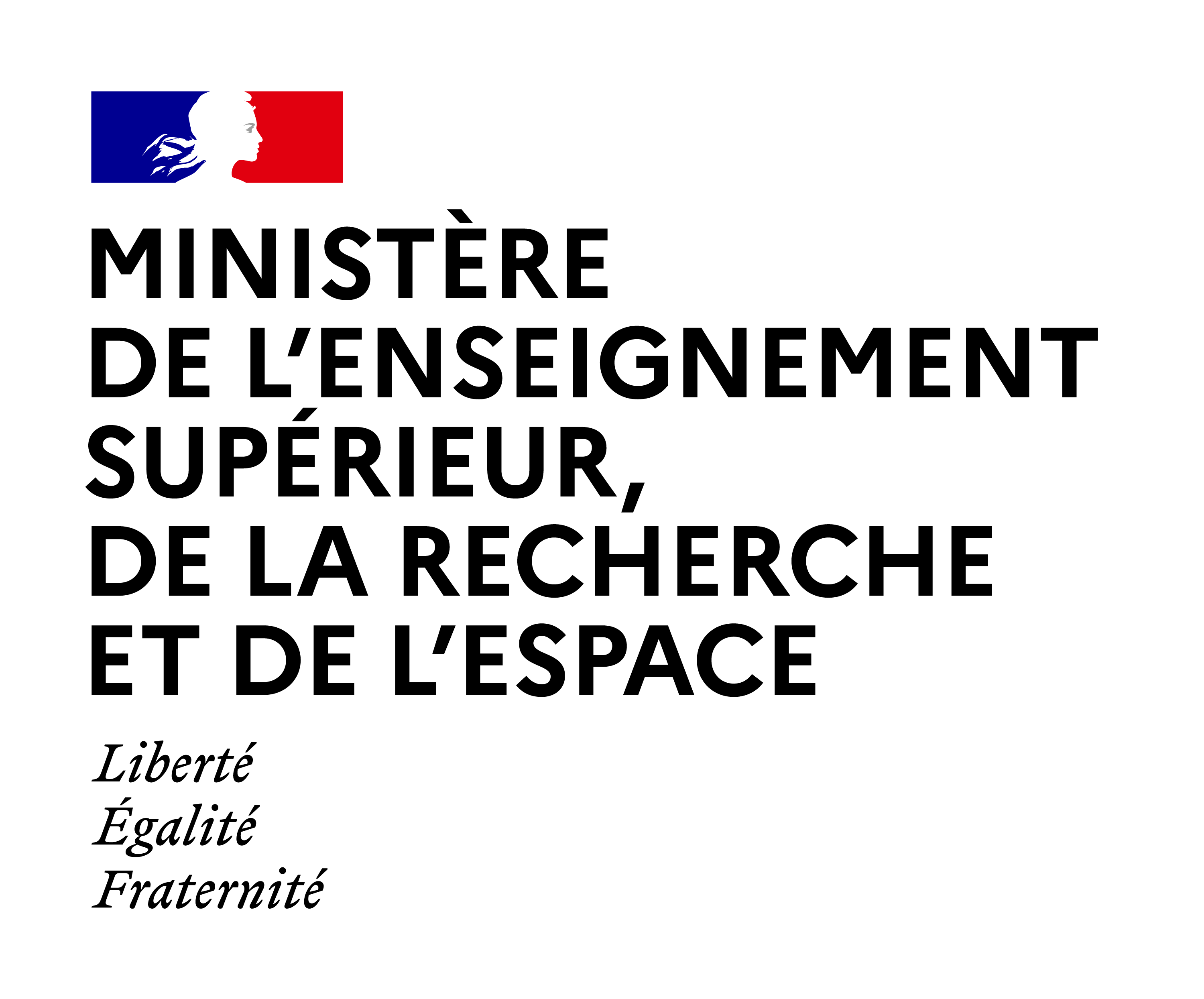
Sommaire
"Brown dog of the Yaak" and "Colter" by Rick Bass or a tribute to human-dog companionship / David Latour
Date de création :
20.03.2019Auteur(s) :
David LATOURPrésentation
Informations pratiques
Droits réservés à l'éditeur et aux auteurs. Tous droits réservés à l'Université Jean-Jaurès et aux auteurs.
Description de la ressource
Résumé
Brown dog of the Yaak and Colter by Rick Bass or a tribute to human-dog companionship / David Latour, in colloque international "L'Amour des animaux / Animal Love", organisé par ?le Laboratoire Cultures Anglo-Saxonnes (CAS), la Société d’Étude de la Littérature de Voyage du monde Anglophone (?SELVA?), l'Académie des Sciences, Inscriptions et Belles Lettres (ASIBL) de Toulouse, sous la responsabilité scientifique de Françoise Besson (CAS, SELVA, ASIBL), Marcel Delpoux (ASIBL, SELVA), Nathalie Dessens (CAS) et Scott Slovic (SELVA, University of Idaho, USA). Toulouse, Hôtel d'Assézat, Hôtel du May, Université Toulouse Jean Jaurès, 20-23 mars 2019. Atelier 1 : Parenté et compagnonage / Cross-species kinship and companionship. In his non-fiction book Brown Dog of the Yaak: Essays on Art and Activism (1999) and in his memoir Colter: The True Story of the Best Dog I Ever Had (2001), Rick Bass explores the relationship of human animals with wilderness and many other animal species, including man's most faithful companion and friend, the dog. As Bass walks into the wild and recounts his hunting trips in Brown Dog of the Yaak, his companion dog Colter brings him solace and comfort. Colter is a brown, German shorthaired pointer who assists him in hunting grouse and pheasants in Montana's north woods. In just four chapters ("Colter", "The Yaak", "Activism", and "Art") Bass ponders on the relationship between nature writing and environmental activism. In doing so, he is accompanied in his thoughts and reflections by Colter whose agility and canine alacrity translates as sheer genius and perfect adaptability for Bass who is, by his own admission, both a poor hunter and a lost soul in search of a meaningful correlation between art and activism. In Colter, the author deepens the analysis of his relation to his dog and how it helps him relate to the world. Bass's love for Colter is quite obvious but Colter is more than just a pet; by the end of the book, he disappears from Bass's home to go hunt on his own (fall 1997). This ending, as depressing as it may be, raises many a question for Bass both as a nature and animal lover and as a political ecologist: how are we to live once what we relate to the most, what makes us feel alive –i.e.nature– is gone? We intend to study the notion of companionship which is correlative to that of love, friendship and partnership. The relationship depicted between Bass and Colter is one of mutual understanding and reciprocal accountability and attachment. How can we define the notion of human-nonhuman companionship? How does this companionship shed a light on the nature around us as human animals? What importance is given to the point of view of Colter as a non-human animal? Is this relationship gratuitous for humans? ___ Le but de ce colloque est d’envisager l’amour des animaux, l’amour animal, l’amour pour les animaux dans sa multiplicité et sous un angle à la fois philosophique, scientifique, littéraire et artistique et en inscrivant ce thème dans la relation plus large de l’homme au monde et dans la vision environnementale et écocritique. Des espèces compagnes à la relation (l’amour ?) des animaux pour des membres de leur propre espèce ou d’espèces différentes, l’expression “l’amour des animaux” est polysémique. On pense à l’amour des chiens et chats pour leur compagnon humain et à la relation réciproque de l’attachement humain pour ces êtres non-humains qui accompagnent leur vie, au chien qui accompagne son ami humain jusqu’à la tombe et va y rester des jours et parfois se laissera mourir. Que dire de ce chat américain qui dans un hôpital, va dans les chambres de malades dont il perçoit avant les médecins qu’ils vont mourir bientôt et les accompagne jusqu’à leur dernier souffle ? Comment définir son rôle gratuit et étrange d’accompagnateur qui va leur permettre le passage en leur offrant une présence amie et rassurante ? L’amour des animaux, c’est à la fois l’amour de l’être humain pour le monde animal, l’amour -ou tout autre sentiment auquel il conviendra de réfléchir- de l’animal pour l’être humain et l’amour des animaux entre eux ; l’amour pour tout souffle de vie ; l’amour de la chatte pour ses petits, le geste de l’hippopotame tentant de sauver l’antilope de la gueule du crocodile, les soins d’une bande de chats des rues en Argentine sauvant un enfant perdu en lui apportant de la nourriture et en le réchauffant jusqu’à ce qu’il soit retrouvé. Est-ce de l’amour ? Est-ce un instinct de survie ? Une empathie inexplicable ? Comment définir la notion d’amour des animaux ? Ces gestes de tendresse, de compassion ou d’empathie du monde animal peuvent-ils être rattachés à l’amour ou sont-ils des gestes instinctifs de sauvetage de quelque espèce que ce soit visant à prolonger la présence animale sur la terre ? The aim of this conference is to consider animal love in its multipicity, from a philosophical, scientific and literary angle at the same time, by inscribing the theme in the wider relationship of man with the world and in the environmental and ecocritical vision as well. From companion species to the love of animals for members of their own species or of other species, the phrase “animal love” is polysemous. We first think about the love dogs and cats have for their human companions and about the reciprocal relationship of attachment of human beings for those nonhuman companions accompanying parts of their lives; we can think about the dog following his human companion’s coffin and accompanying him/her to the grave, staying there days and nights and sometimes dying there. What can we say of the American cat who, in a hospital, goes into dying people’s rooms, knowing before doctors that those people are going to die and accompanying them until their last breath? How can we define her gratuitous, strange role as a companion, allowing them to pass away while offering them a friendly, reassuring presence? Animal love is both the human being’s love for an animal or several animals and the love—or any feeling we could associate with love—of the animal for the human being and the love of animals for one another. Can we consider the gesture of a hippopotamus for the antelope that he tries to rescue from the crocodile’s teeth, staying with her head in its mouth until her last breath, as love? What about the behaviour of a group of street cats in Argentina, who saved a lost human infant by giving him food and lying on him so that he did not die of cold in the night, until the day when he was found. Is this love? Is it some survival instinct shared with those who are threatened? Is it some unexplainable empathy? How can we define the notion of animal love? Could those gestures of apparent tenderness, compassion or empathy of the animal world be qualified as love—could they be linked with love or are they instinctive rescuing gestures made by whatever species to prolong the animal presence on the Earth?
"Domaine(s)" et indice(s) Dewey
- Attitude envers les animaux (179.3)
- Critique et histoire de la littérature américaine de langue anglaise (810.9)
Domaine(s)
- 179.3
- 810.9
Intervenants, édition et diffusion
Intervenants
Édition
- Université Toulouse-Jean Jaurès-campus Mirail
Diffusion
Document(s) annexe(s)
- Cette ressource fait partie de
Fiche technique
- LOMv1.0
- LOMFRv1.0
- Voir la fiche XML




